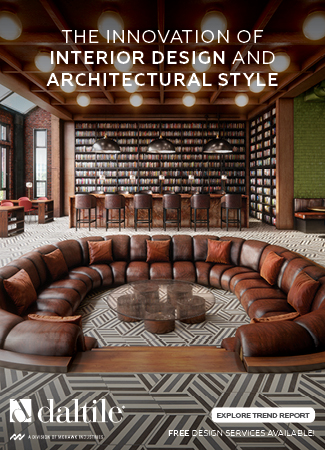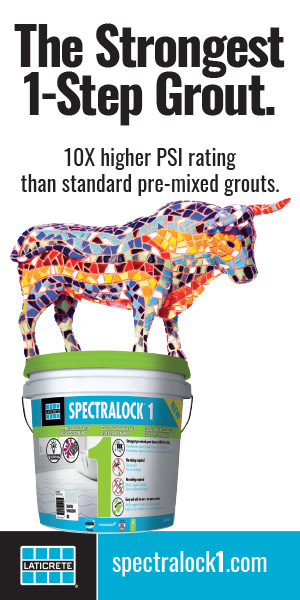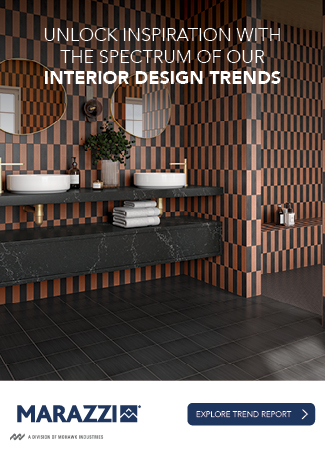“There is nothing that adds to the cheerfulness and cleanliness of a house better than glazed tile.”
Rufus B. Keeler, Malibu Potteries
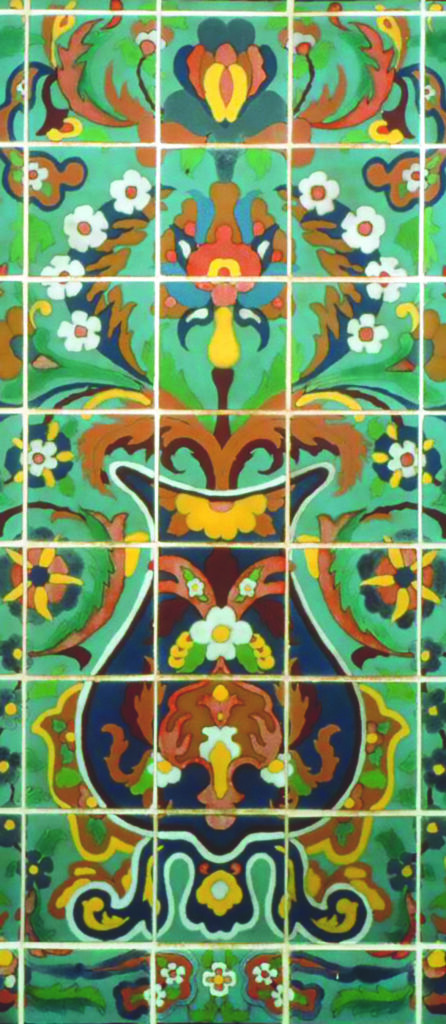
In 1926, when Rufus Keeler was 41 years old and just two years after he had built his cozy house in South Gate, Calif., for his wife Mary and their then three young children, he was approached by May K. Rindge, a wealthy woman of 61 who had plans of building a tile pottery at her ranch in Malibu. She needed his assistance, and Keeler could not resist her offer although it necessitated his leaving his job at Calco, walking distance from his home. He chose to reside in a canvas-topped tent on the beach adjacent to the site of the new pottery, driving home on the weekends.
Over the years previously Mrs. Rindge spent an inordinate amount of time (and money) fighting to keep the county and state off her property, but once the road (now Pacific Coast Highway) was cut through her ranch she refocused her attention on domestic matters. In the mid-twenties she decided to fulfill one of her late husband’s dreams to build a 50-room mansion on a hill at the base of Malibu Canyon, a project that in her mind required a tile pottery.


By 1927, Rufus Keeler had established Malibu Potteries, a 44,000-sq.-ft. facility on the coast with three 18-foot-diameter beehive kilns producing upwards of 30,000 sq. ft. a month of decorative wall and floor tile with a crew of 125. The mansion, designed by Morgan Walls and Clements, was begun in 1929 as was the Beach House (now the Malibu Lagoon Museum) built for Rhoda Rindge Adamson, the youngest of the Rindge children, and her husband Merritt.
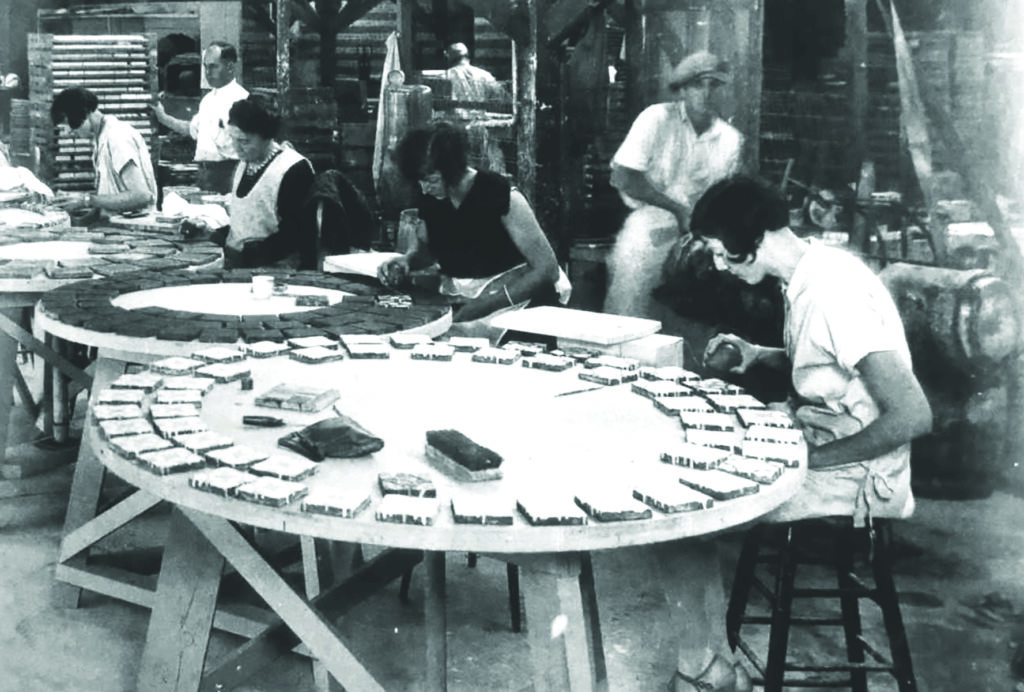

By this time, Malibu Potteries had become a well-known establishment in Southern California supplying tile for countless homes and many commercial and public projects. Without question, the most significant of the non-residential work was the series of spectacular tile panels at Los Angeles City Hall designed by J. Donald Prouty at the Potteries in 1927.
On the day before Christmas in 1928, Rufus’ and Mary’s son Philip was born, and there can be little doubt that there was much merriment in the Keeler household that holiday. In fact, there was every reason for optimism: a growing healthy family, a splendid new home as well as a respectable job at a thriving tile business. But no one can ever accurately predict the future.
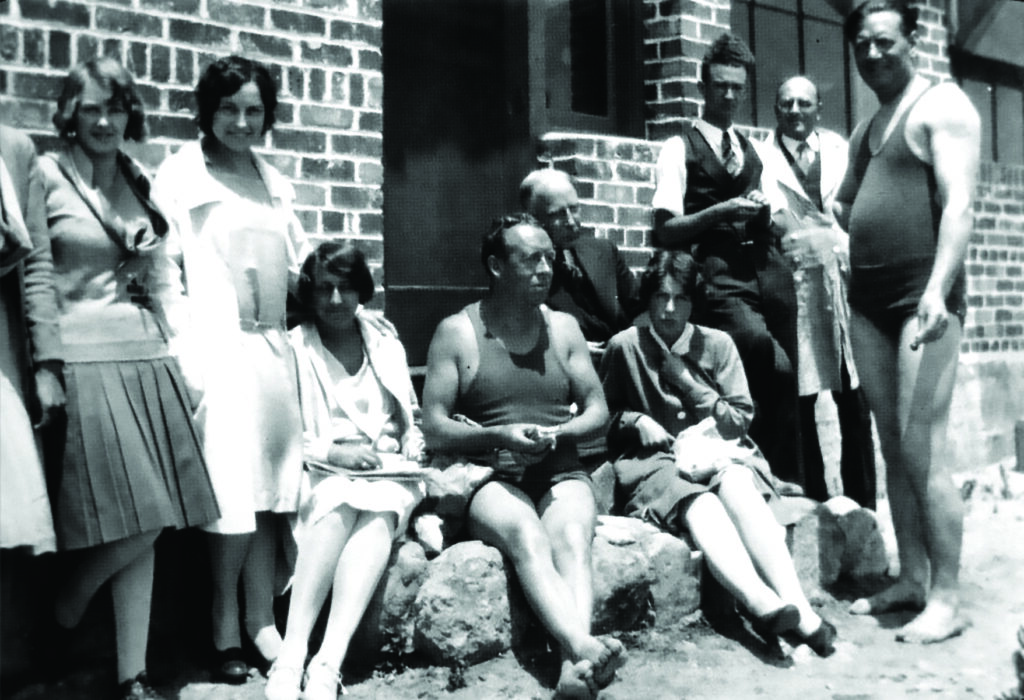

Within a year, the country would enter the Great Depression, and within two years Malibu Potteries would suffer an electrical fire from which the company would never recover, closing its doors in 1932. And tragically at the end of October 1934, Rufus Keeler, one of the most talented ceramists in the country, would die of heart failure, sickened from a laboratory accident a few weeks before. He was 49. The Keeler name would remain with his three male children, but Rufus and his pivotal role in the tile world would all but disappear.


Adamson Beach House
Malibu, California
Architect: Stiles D. Clements for Merritt and Rhoda Rindge Adamson
Completed in 1929
Adamson Beach House, west side, main entrance, completed 1929.
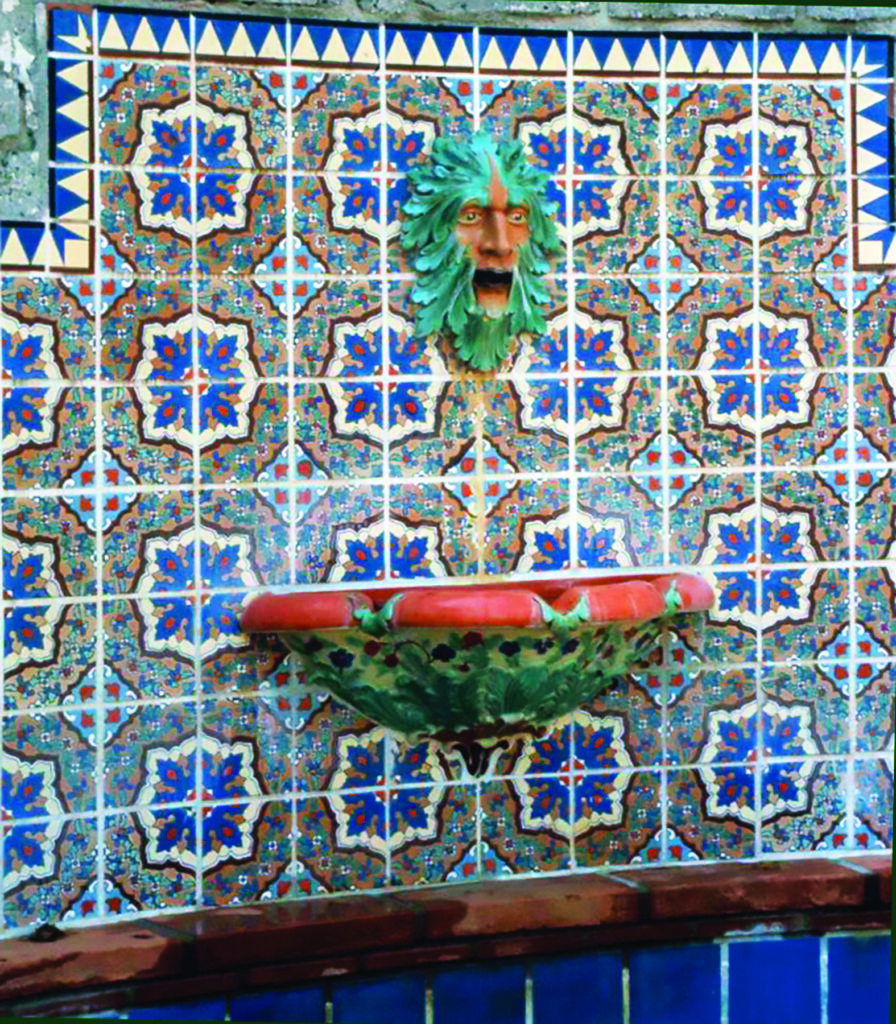

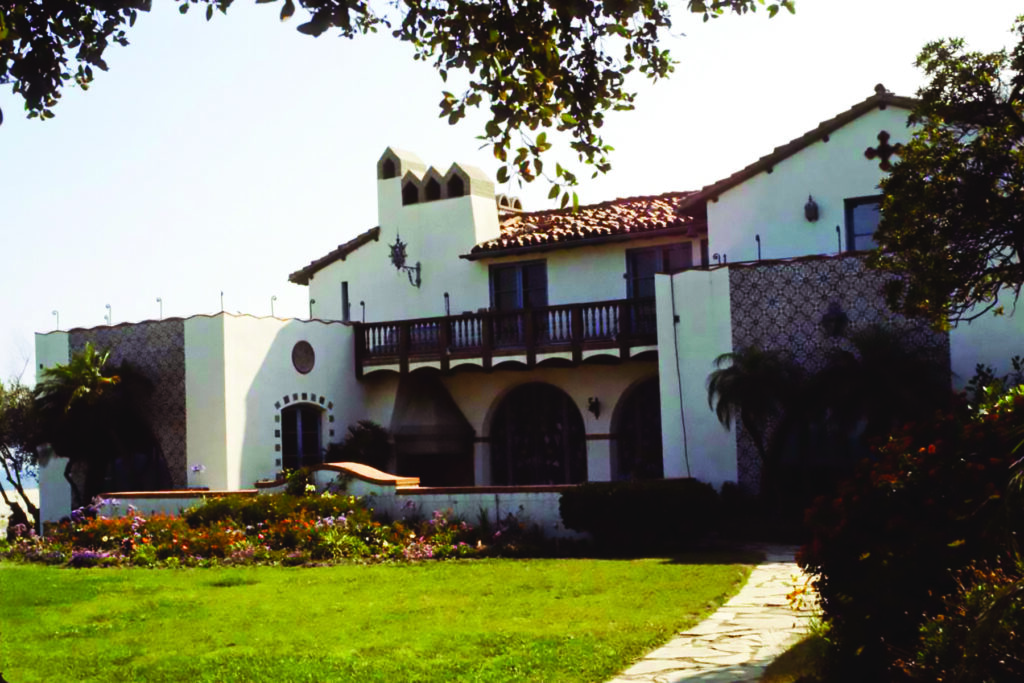

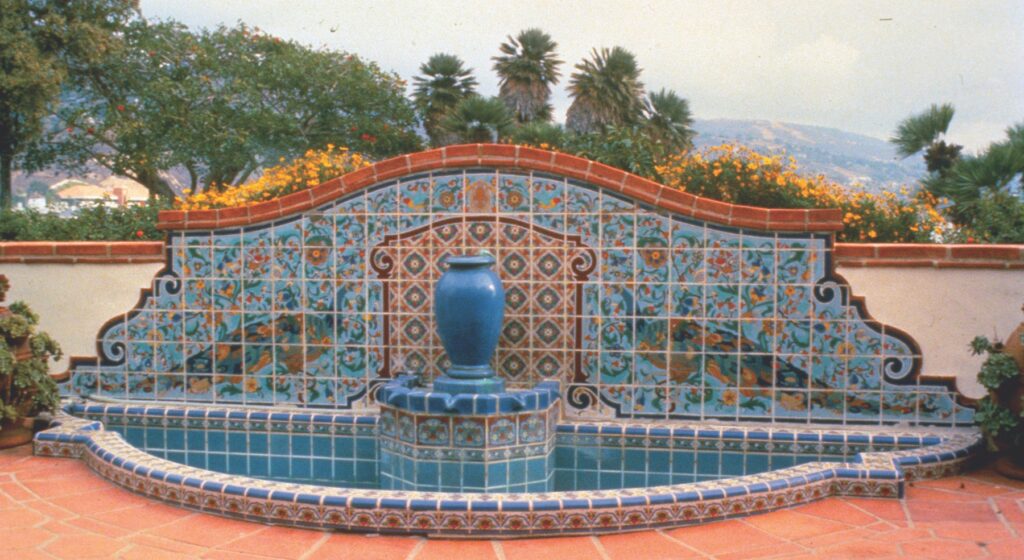

Adamson Beach House
Malibu, California
Interior
Main entry hall, Adamson House, 1929.
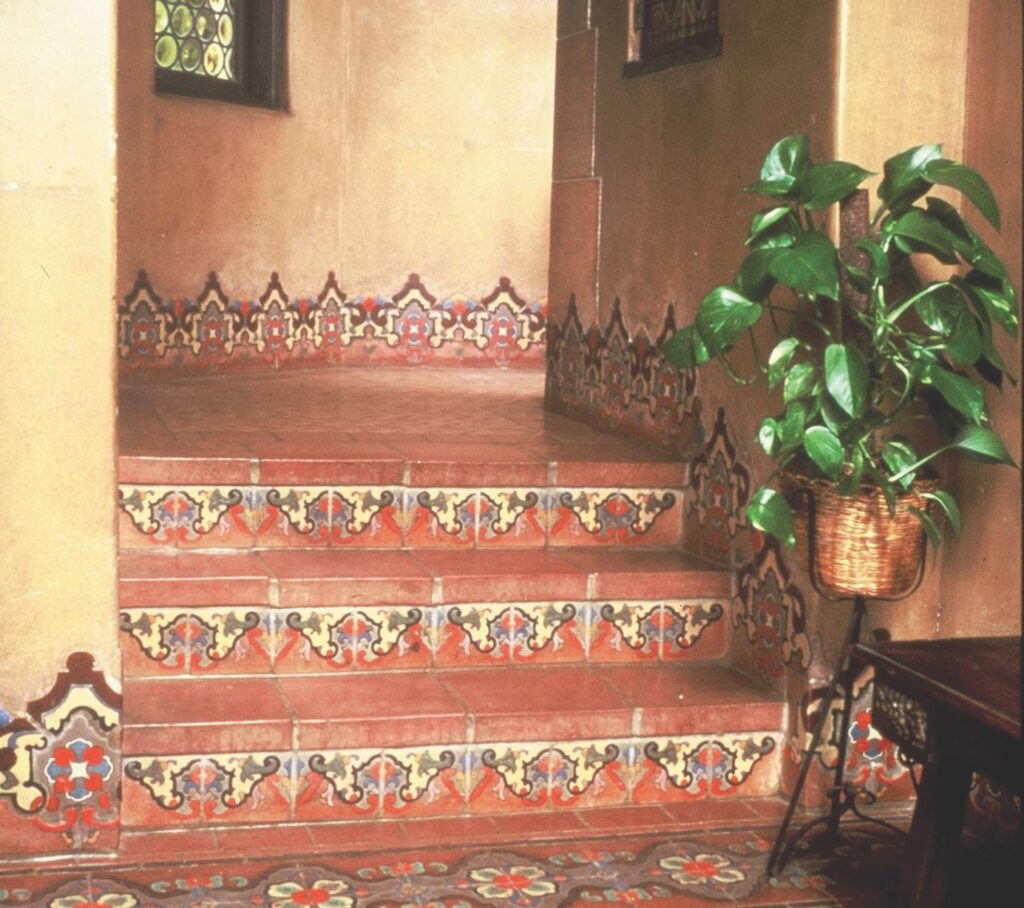

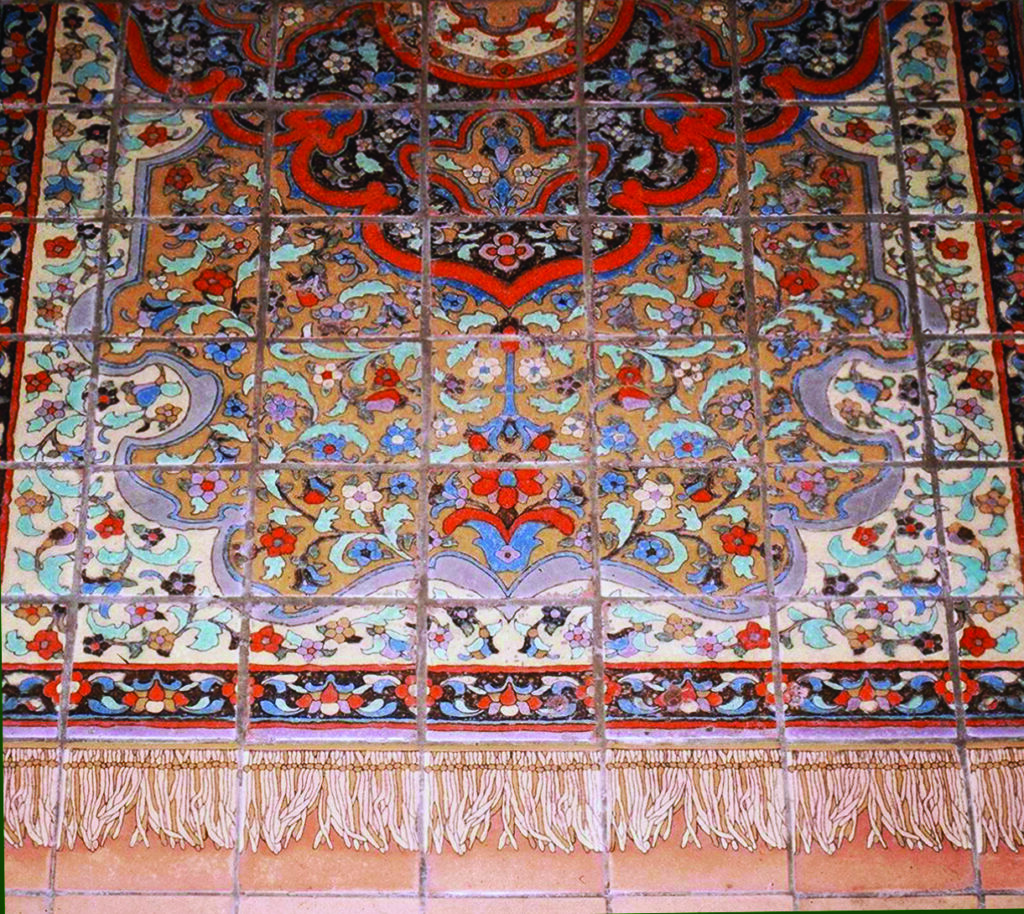



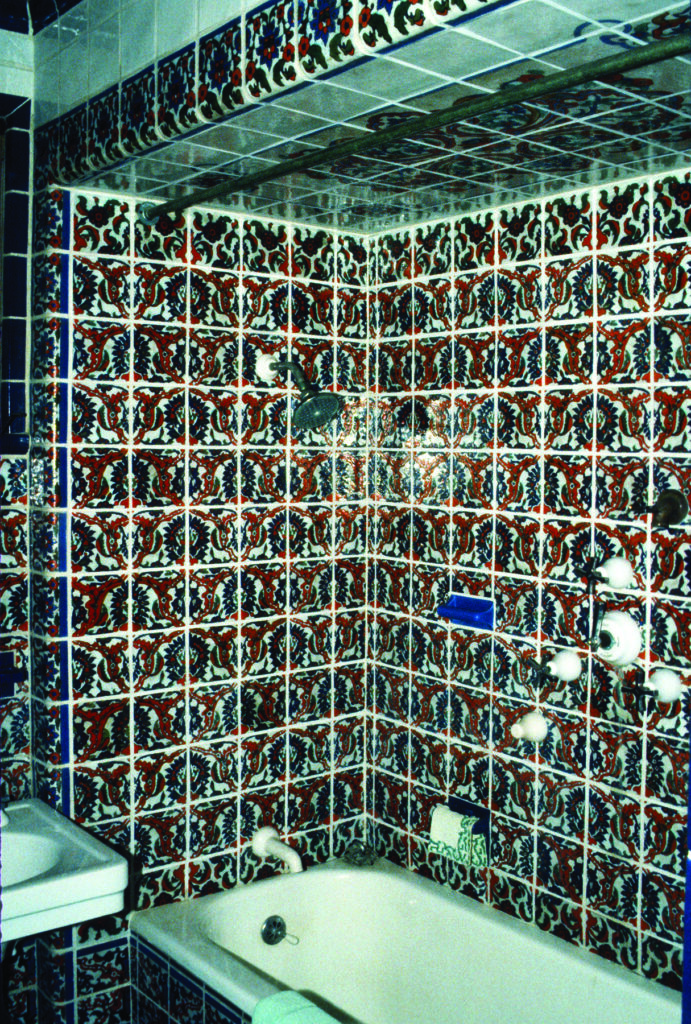

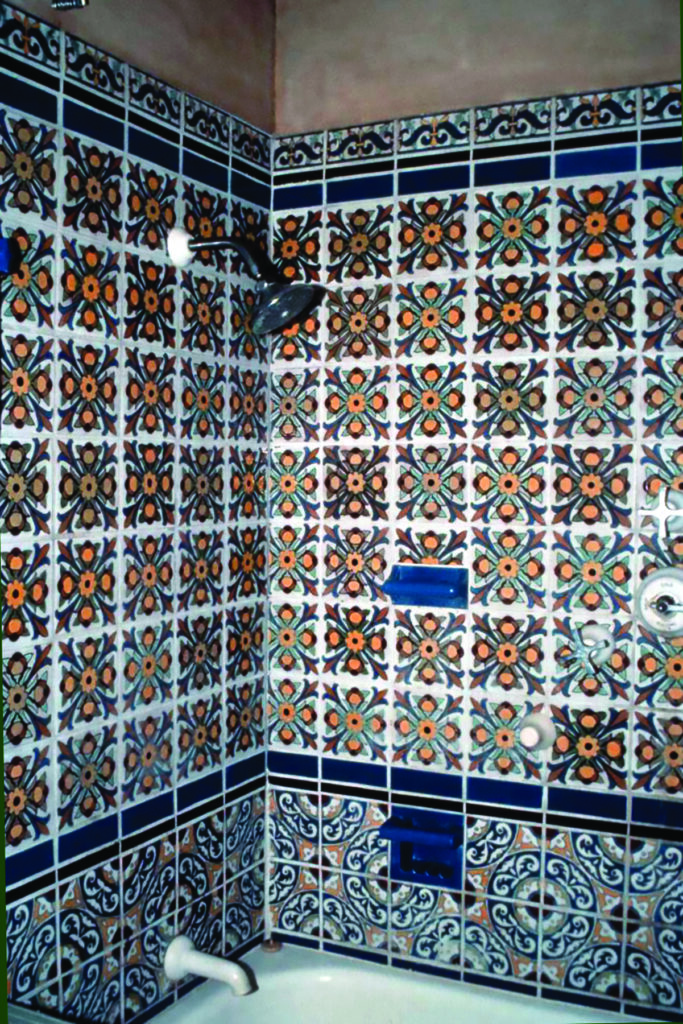

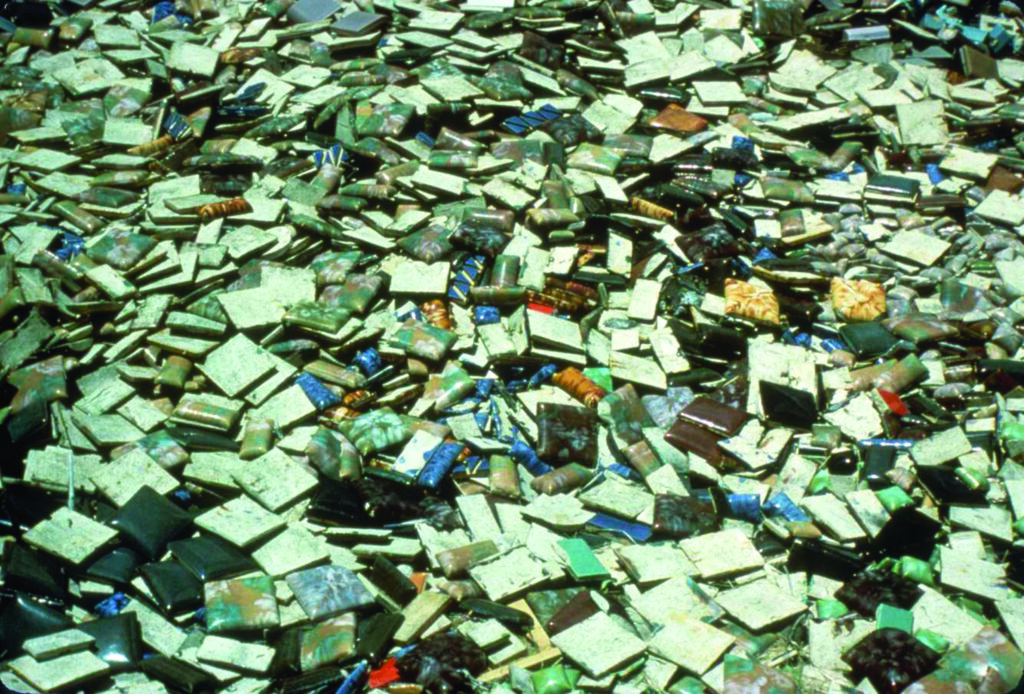

In 1970, a horrendous brush fire swept through the coastal canyons west of Los Angeles consuming over 90,000 acres. Among the many homes severely damaged in the blaze was the Serra Retreat, a Franciscan Monastery, at the base of Malibu Canyon, formerly the home of May K. Rindge and her family. Although the mansion had never been completed, it housed one of the finest arrays of Malibu tile.
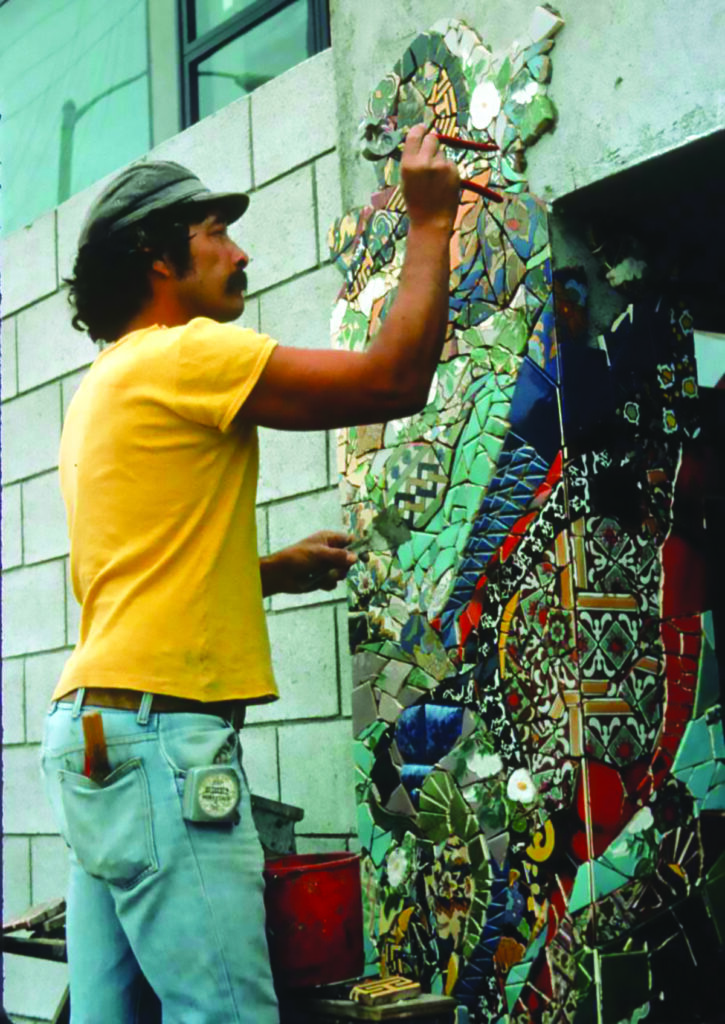

A few years later a young man, Dan Reinhart, recently returned from Vietnam and then engaged as a stone mason in the area, was walking through the fields behind what was left of the Retreat and discovered literally tons of mostly-broken tiles that had been used in the construction of the Rindge mansion. There was no way that Reinhart could have even imagined the significance of this discovery for the heritage of tile in America.


In 1980, inspired by the Reinhart find, David Greenberg, an architectural historian and tile enthusiast, organized an exhibition titled “Malibu Tile” at the Los Angeles Craft and Folk Art Museum, which contained much of what Dan Reinhart had unearthed. Two years later, culminating a 13-year effort by Judge John Merrick, Ronald Rindge (the late grandson of May K.) and others to save the building from demolition, the Adamson Beach House opened to the public as the Malibu Lagoon Museum. The Beach House has been listed in the National Registry of Historic Places since 1977 and qualified as a California Historical Landmark (#966) in 1985.
Addendum
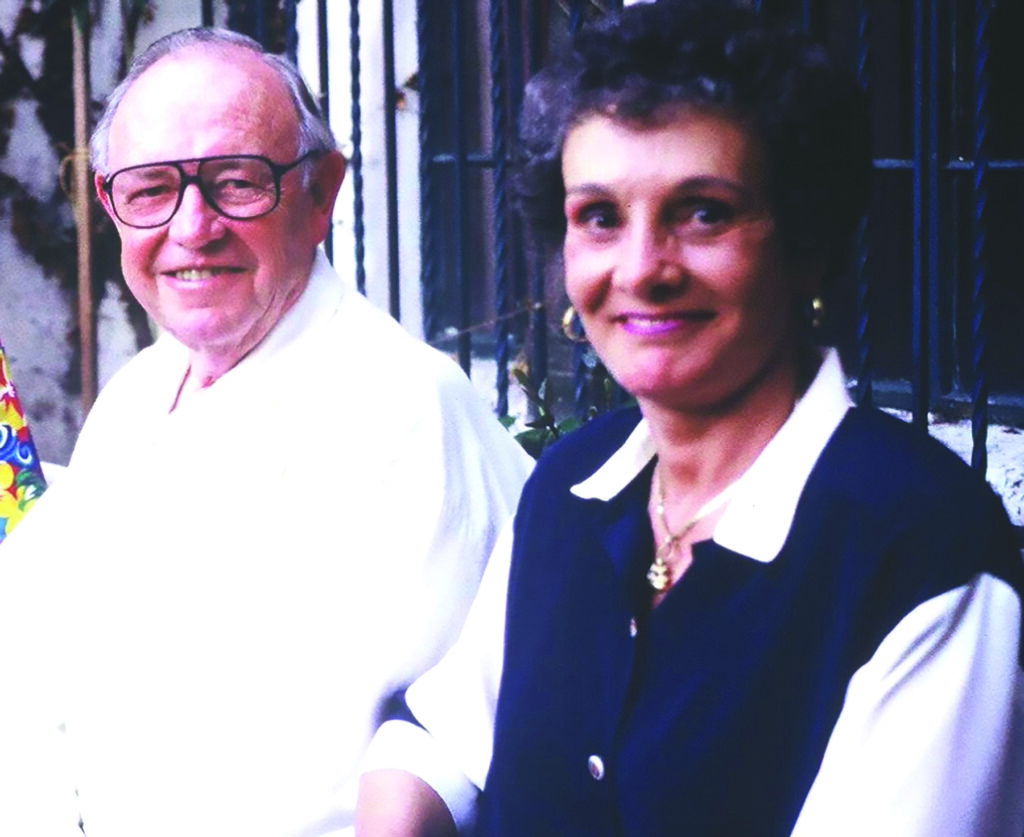

In 1984, Nancy Alison Martin, a real estate appraiser in Arcadia, Calif., received a telephone call from a gentleman in Santa Ana requesting an appraisal of the contents of his family’s home in South Gate. His elderly mother Mary was under care elsewhere, and the house had sat idle for several years. The expectation was that the house, once emptied, would be demolished and apartments would be built in its place. The gentleman, Philip Keeler, then mentioned to Nancy that she might enjoy seeing the tile while she was there. “Tile?” [See TileLetter Artisan, Spring 2023 for complete details.]
When Nancy arrived at the house, she realized immediately what an incomparable treasure she’d found. The house was filled with the original early 1920s furniture, all of it in good condition. The library contained many design and chemistry books and personal journals as well as tiles and pottery of all kinds. Rufus Keeler’s desk itself had not been touched in 50 years! Much of the contents of the house has since been donated to the Malibu Lagoon Museum, and the building itself, although not yet on the National Register of Historic Places, has been saved and is now in private, caring hands. Through the gallant efforts of a few individuals, assisted by miraculous circumstances, much has now been preserved for future generations to learn from and enjoy.
TILE HERITAGE FOUNDATION
Guardian of American Tile History!
THF Membership-JOIN
https://tinyurl.com/THFMembership-JOIN
THF Legacy Giving
https://tinyurl.com/THFLegacyGiving
Tile Heritage Today
https://tinurl.com/THC-Today
Relevance of Tile Heritage Today
https:tinyurl.com/THF-Relevance
THF Guardian of American Tile History
https://tinyurl.com/THF-Initiative


Sheila A. Menzies and Joseph A. Taylor
Joseph Taylor and Sheila Menzies founded the Tile Heritage Foundation in 1987 in Healdsburg, Ca. This archival library and resource center is dedicated to the preservation of ceramic surfacing materials in the United States. The archives catalog information about historic and contemporary tile companies in the United States, and maintains a collection of over 4,000 historic and contemporary tiles, all of them donated. The non-profit Foundation is maintained by sponsorship, grants, gifts and membership, as well as contemporary tile sales. Visit http://www.tileheritage.org for more information.




